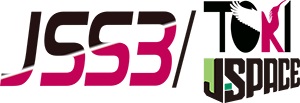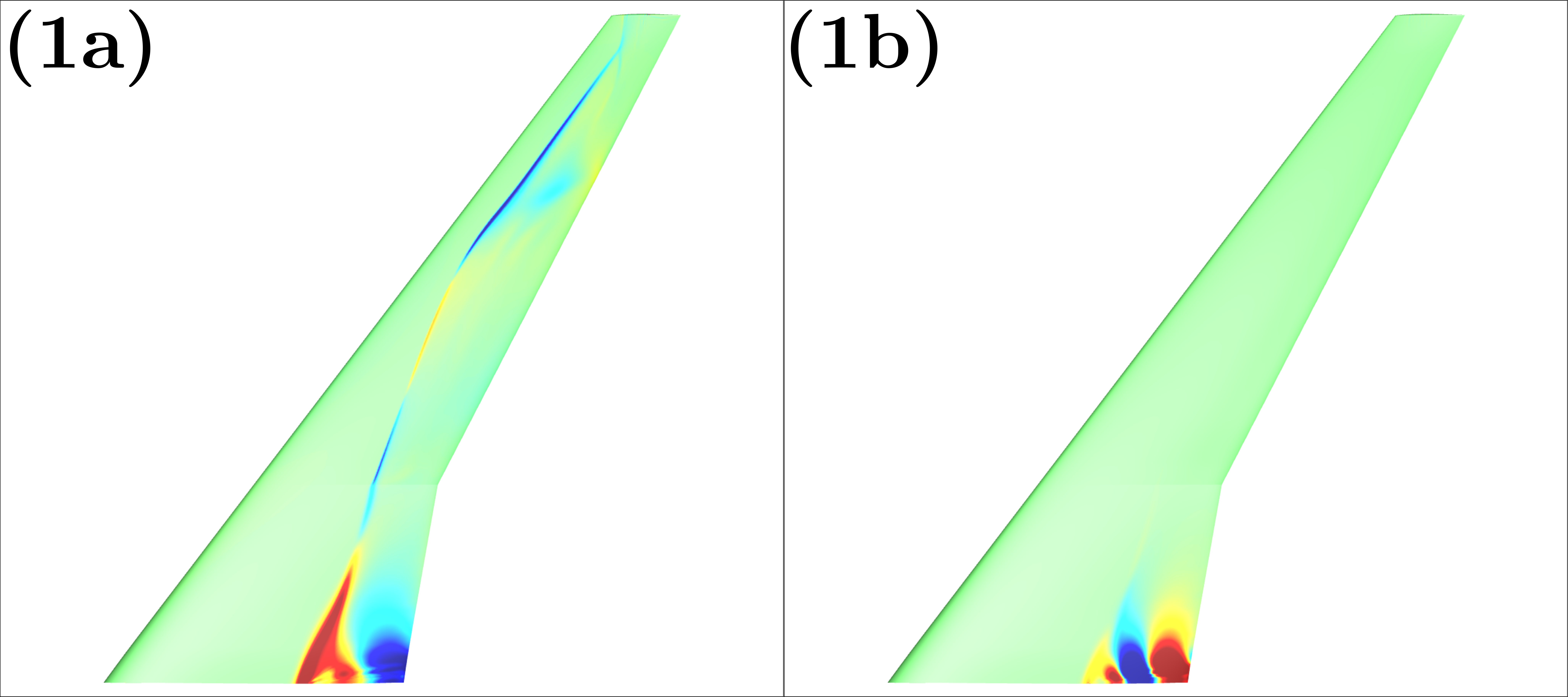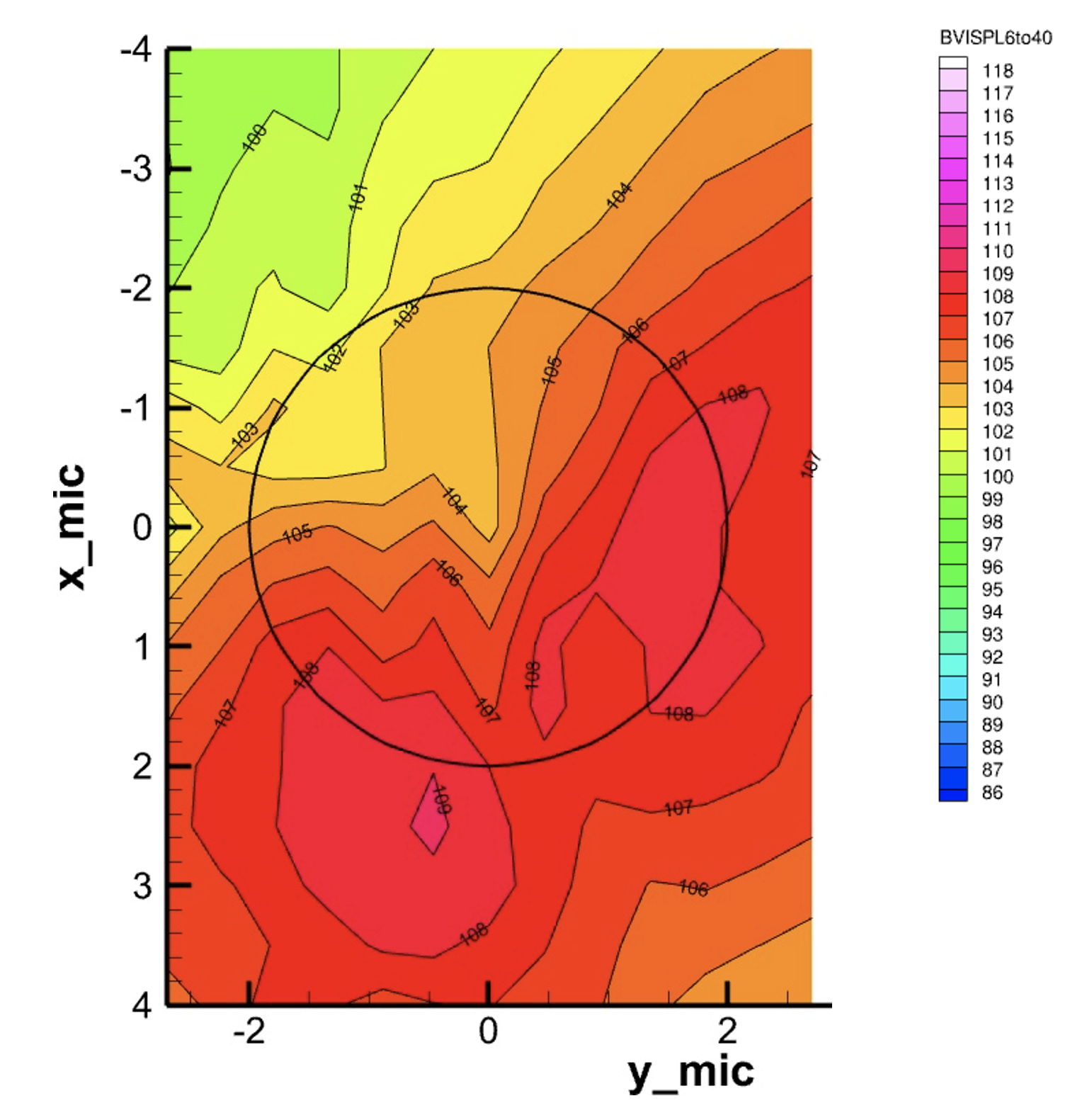Integrated simulation over aircraft, rotorcraft and engines
JAXA Supercomputer System Annual Report February 2022-January 2023
Report Number: R22EDA201G21
Subject Category: Aeronautical Technology
- Responsible Representative: Atsushi Hashimoto, Aviation Technology Directorate, Aircraft Lifecycle Innovation Hub
- Contact Information: Kanako Yasue(yasue.kanako@jaxa.jp)
- Members: Hirokazu Higashida, Manabu Hisida, Atsushi Hashimoto, Mami Hayakawa, Kenji Hayashi, Tomoaki Ikeda, Takashi Ishida, Masatoshi Kanayama, Ryohei Kirihara, Masashi Kanamori, Takuhito Kuwabara, Yuichi Matsuo, Shingo Matsuyama, Yasuhiro Mizobuchi, Taisuke Nambu, Hideji Saiki, Kei Shimura, Atsushi Shinozuka, Andrea Sansica, Shota Taniguchi, Kanako Yasue, Hiroki Yao
Abstract
An aircraft is a large-scale complex system consisting of mechanics, electronics, and software. As a result, the trend of increasing development time and costs is unstoppable. Model-Based Systems Engineering (MBSE) is attracting attention as a technology to solve this problem. The objective of this research is to develop advanced MBSE technology that combines JAXA’s strengths in numerical simulation technology and AI technology in order to reduce the cost of aircraft development. JSS3 will be used to develop multidisciplinary integrated simulation technology, including aerodynamics and structural analysis of passenger aircraft, aerodynamics and noise analysis of rotorcraft (eVTOL), and aerodynamics and combustion analysis of aircraft engines.
Reference URL
Please refer to ‘Numerical simulation technology | Fundamental research | Aviation Technology Directorate‘.
Reasons and benefits of using JAXA Supercomputer System
JSS is necessary to complete large scale numerical simulations of unsteady phenomena and to understand it in short time span.
Achievements of the Year
We performed the world’s first global stability analysis of buffett at flight Reynolds numbers. We predictied buffet onsets and found buffet cells (Fig. 1a) and side-of-body separation (Fig. 1b) modes. The side-of-body separation mode was found for the first time. This work received the 40th ANSS Grand Prize (Numerical Simulation Technology Division).
FaSTAR-Move have been extended to enable noise prediction analysis by coulpling with rNoise which can simulate rotorcraft noise utiliginz FW-H method. Noise prediction for a rotor with 4 blades was performed and reasonable noise carpet was obtained (Fig. 2).
A noise propagation analysis tool, iAESOME, has been stabilized and accelerated by improving the matrix calcuration. We achieved large-scale analyisi of 3 billiong points within 20 hours using JSS3 (Fig.3).
Functions for LES combustion analysis have been implemented in HINOCA-AE. Comparison of outlet temperatures with combustion tests shows that the error with the measured values is within 100K (Fig.4).
Publications
– Peer-reviewed papers
[1] Sansica, A. and Hashimoto, A., “Global Stability on Large Three-Dimensional Grids for Full-Aircraft Transonic Buffet Characterization at Flight Reynolds Numbers”, AIAA Journal (under review)
– Non peer-reviewed papers
[1] Sansica, A. and Hashimoto, A., “Turbulent transonic buffet onset prediction on the NASA Common Research Model via global stability analysis”, vol. JAXA-SP-20-008, ISSNONLINE 2433-2232, pp. 109-118 (available at https://jaxa.repo.nii.ac.jp), 2022.
[2] Sartor, F., Sansica, A., Hayashi, K., Yamamoto, T., Ishida, T. and Hashimoto, A., “Assessment of URANS and ZDES Simulations for Turbulent Transonic Buffet Predictions on Full-Aircraft Configurations”, vol. JAXA-SP-22-007, ISSNONLINE 2433-2232, pp. 341-348 (available at https://jaxa.repo.nii.ac.jp), 2022.
[3] Sansica, A. and Hashimoto, A., “Turbulent Transonic Buffet Prediction on the NASA Common Research Model via Global Stability Analysis: FromWind Tunnel to Flight Reynolds Numbers”, AIAA Scitech Forum and Exposition, National Harbor, MD, January 2023.
– Oral Presentations
[1] Sansica, A. and Hashimoto, A., “Turbulent transonic buffet onset prediction on the NASA Common Research Model via global stability analysis”, 54th Fluid Dynamics Conference / the 40th Aerospace Numerical Simulation Symposium, Morioka, Japan, June 2022
[2] Sartor, F., Sansica, A., Hayashi, K., Yamamoto, T., Ishida, T. and Hashimoto, A., “Assessment of URANS and ZDES Simulations for Turbulent Transonic Buffet Predictions on Full-Aircraft Configurations”, 54th Fluid Dynamics Conference / the 40th Aerospace Numerical Simulation Symposium, Morioka, Japan, June 2022
[3] Sansica, A. and Hashimoto, A., “Turbulent transonic buffet onset prediction on the NASA Common Research Model via global stability analysis”, 12th International Symposium on Turbulence and Shear Flow Phenomena (TSFP12), Osaka, Japan (Online), July 2022
[4] Sansica, A. and Hashimoto, A., “Turbulent Transonic Buffet Prediction on the NASA Common Research Model via Global Stability Analysis: FromWind Tunnel to Flight Reynolds Numbers”, AIAA Scitech Forum and Exposition, National Harbor, MD, January 2023. View video presentation: https://doi.org/10.2514/6.2023-1989
Usage of JSS
Computational Information
- Process Parallelization Methods: MPI
- Thread Parallelization Methods: N/A
- Number of Processes: 480 – 8472
- Elapsed Time per Case: 200 Hour(s)
JSS3 Resources Used
Fraction of Usage in Total Resources*1(%): 1.36
Details
Please refer to System Configuration of JSS3 for the system configuration and major specifications of JSS3.
| System Name | CPU Resources Used(Core x Hours) | Fraction of Usage*2(%) |
|---|---|---|
| TOKI-SORA | 36843633.27 | 1.61 |
| TOKI-ST | 24437.70 | 0.02 |
| TOKI-GP | 0.00 | 0.00 |
| TOKI-XM | 51.19 | 0.03 |
| TOKI-LM | 8239.76 | 0.55 |
| TOKI-TST | 1349.33 | 0.04 |
| TOKI-TGP | 0.00 | 0.00 |
| TOKI-TLM | 0.00 | 0.00 |
| File System Name | Storage Assigned(GiB) | Fraction of Usage*2(%) |
|---|---|---|
| /home | 1656.01 | 1.50 |
| /data and /data2 | 166616.88 | 1.28 |
| /ssd | 35383.39 | 4.90 |
| Archiver Name | Storage Used(TiB) | Fraction of Usage*2(%) |
|---|---|---|
| J-SPACE | 14.56 | 0.06 |
*1: Fraction of Usage in Total Resources: Weighted average of three resource types (Computing, File System, and Archiver).
*2: Fraction of Usage:Percentage of usage relative to each resource used in one year.
ISV Software Licenses Used
| ISV Software Licenses Used(Hours) | Fraction of Usage*2(%) | |
|---|---|---|
| ISV Software Licenses(Total) | 377.96 | 0.26 |
*2: Fraction of Usage:Percentage of usage relative to each resource used in one year.
JAXA Supercomputer System Annual Report February 2022-January 2023






